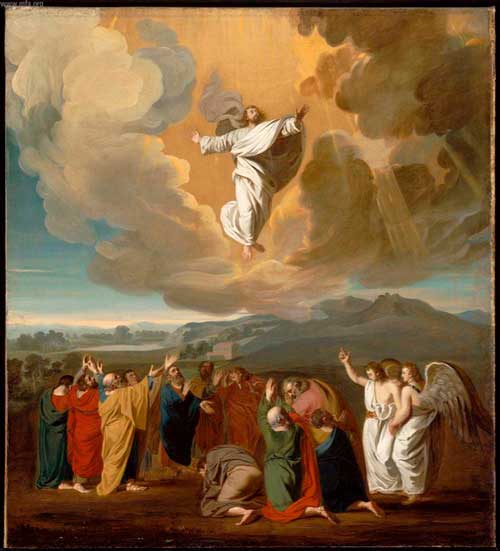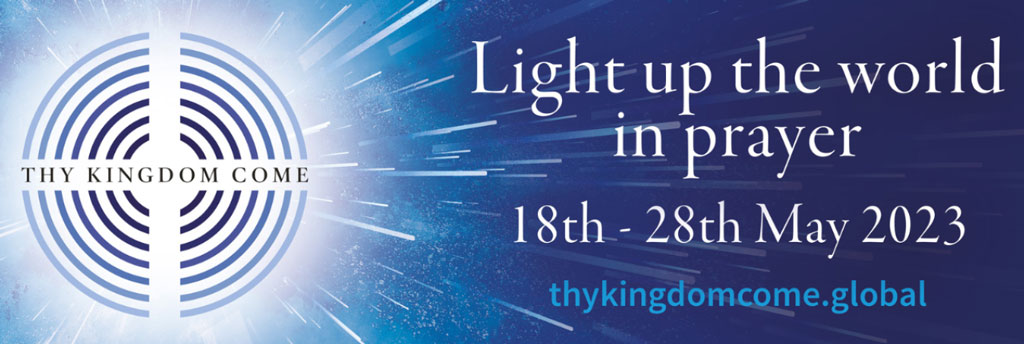
The New Testament treats the Ascension as an integral part of the Easter event.
It is the final appearance Jesus’ physical and resurrected presence on earth. It is the final component of the paschal mystery, which consists also of Jesus’ Passion, Crucifixion, Death, Burial, Descent Among the Dead, and Resurrection.
Along with the resurrection, the ascension functioned as a proof of Jesus’ claim that he was the Messiah. The Ascension is also the event whereby humanity was taken into heaven. There is a promise he will come back again.
So when is it ? The Ascension in Luke 24 is on Easter Sunday evening or, at the latest, the next day; in John 20, sometime between the appearance to Mary Magdalene (who is told not to touch the risen One because he has not yet ascended) and the appearance to Thomas (who is invited to touch him); in Acts 1, after the forty days (which, however, are symbolic of the time of revelation; there may be no intention to suggest that the ascension actually “occurred” on the fortieth day). We celebrate Ascension on the 40th day.
The main scriptural references to the Ascension are Mark:16:19, Luke:24:51, and Acts:1:2 and vvs. 8-10. Luke 24 says "While he was blessing them, he withdrew from them and was carried up into heaven". In Acts " he was taken up to heaven, after giving instructions through the Holy Spirit to the apostles whom he had chosen." Jesus commissions his followers, rather than simply blessing them; and we have an appearance from two men in white robes.
Mount Olivet, near Bethany, is designated as the place where Christ left the earth. The feast falls on this Thursday, May 9 and it is one of the most solemn in the calendar, ranking with the feasts of the Passion, Easter and Pentecost.




 “Thy Kingdom Come” is celebrating its 7 year anniversary in 2023. Since May 2016, The Archbishop of Canterbury, Justin Welby, and the people of Thy Kingdom Come have been bringing the world together in prayer. St Peter’s has been part of this international prayer initiative for several years. Here is the
“Thy Kingdom Come” is celebrating its 7 year anniversary in 2023. Since May 2016, The Archbishop of Canterbury, Justin Welby, and the people of Thy Kingdom Come have been bringing the world together in prayer. St Peter’s has been part of this international prayer initiative for several years. Here is the 
